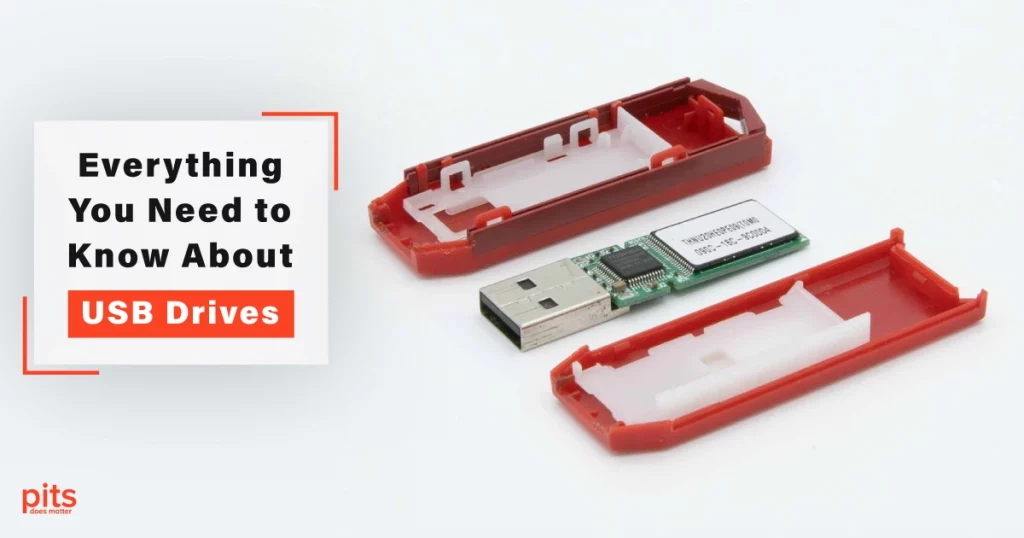Flash drives, also known as flash drives or thumb drives, are small and portable storage devices that have become increasingly popular in recent years. They offer a convenient and reliable way to store and transfer data from one device to another. USB drives are compatible with almost all types of devices, including computers, laptops, and gaming consoles. In this article, we will explore what a USB drive is, how it works, how to use it, and the different types of thumb drives available.
What is a USB Drive and How Does it Work
A USB drive is a portable storage device that uses flash memory chips to store and transfer data. It is a small media that is usually no larger than a human thumb, and it can be inserted into the USB port of a computer or other device to read, write, and copy data. They have largely replaced the use of floppy disks and CDs, as they are more compact, offer higher storage capacities, and have faster data transfer ratings.
A thumb drive uses flash memory to store data, which means it has no moving parts, making it more reliable and durable than traditional storage devices like hard disk drives and floppy disks.
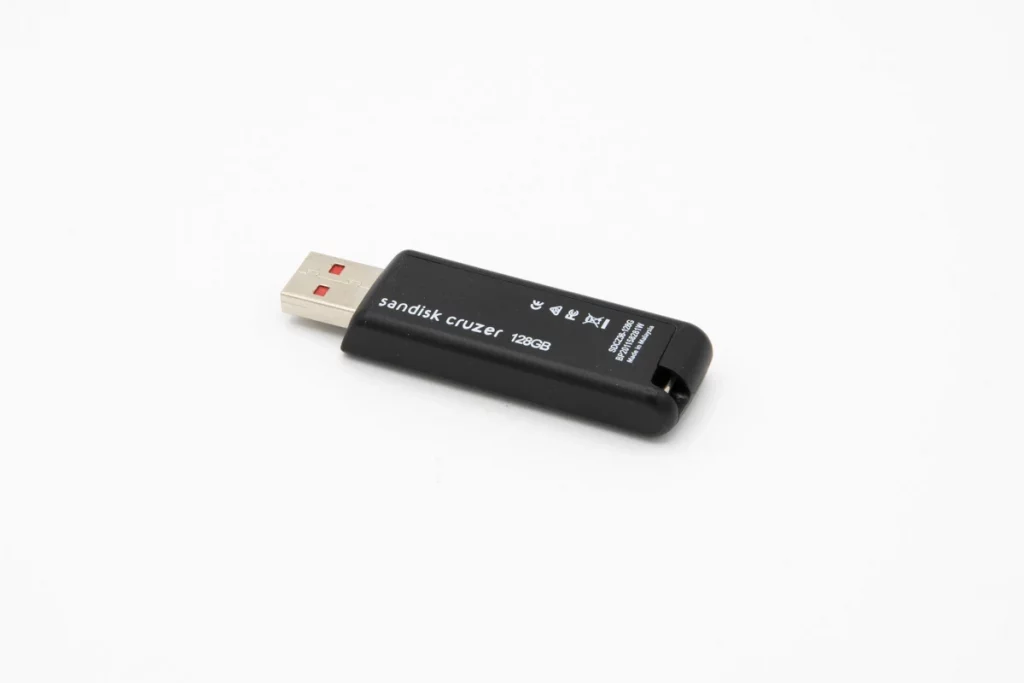
Flash memory is a type of non-volatile memory that retains data even when it is not powered, making it a suitable long-term storage solution.
When you plug a thumb drive into a USB port on your computer, it uses a USB driver, which is a small piece of software that allows the computer to communicate with the USB device.
The driver is built into most modern operating systems, like Windows, macOS, and Linux, so you do not need to install any additional software to use a USB drive.
How to Use a USB Drive
Step 1
Insert the jump drive into the USB (Universal Serial Bus) port on your device. The port is usually located on the front or back of your computer or laptop.
Step 2
Once the device recognizes the USB drive, it will assign it a drive letter. You can open the drive and view the files stored on it.
Step 3
To copy files from your device to the thumb drive, simply drag and drop them onto the USB drive icon. Alternatively, you can use the copy-and-paste function.
Step 4
To remove the USB drive safely, click on the eject icon next to the drive letter. This ensures that all the data is saved and the drive is ready to be unplugged.
Tools
- USB Drive
Common Causes of Data Loss on USB Drives
Physical Damage
Physical damage is one of the most common causes of data loss on USB drives. USB drives are designed to be portable, which makes them vulnerable to physical damage. Dropping your USB drive, crushing it or exposing it to extreme temperatures can cause damage to the storage media, making it inaccessible or unreadable.
Therefore, it is important to handle your USB drive with care. Always keep it in a protective case or pouch when not in use. Be careful not to apply too much pressure when inserting or removing the USB drive from a computer or device.
Accidental Deletion
Accidental deletion is another common cause of data loss on USB drives. It can happen when you delete important files or folders by mistake or accidentally format the drive.
This is particularly common when you are in a hurry and not paying close attention to what you are doing. To prevent accidental deletion, always double-check before deleting files.
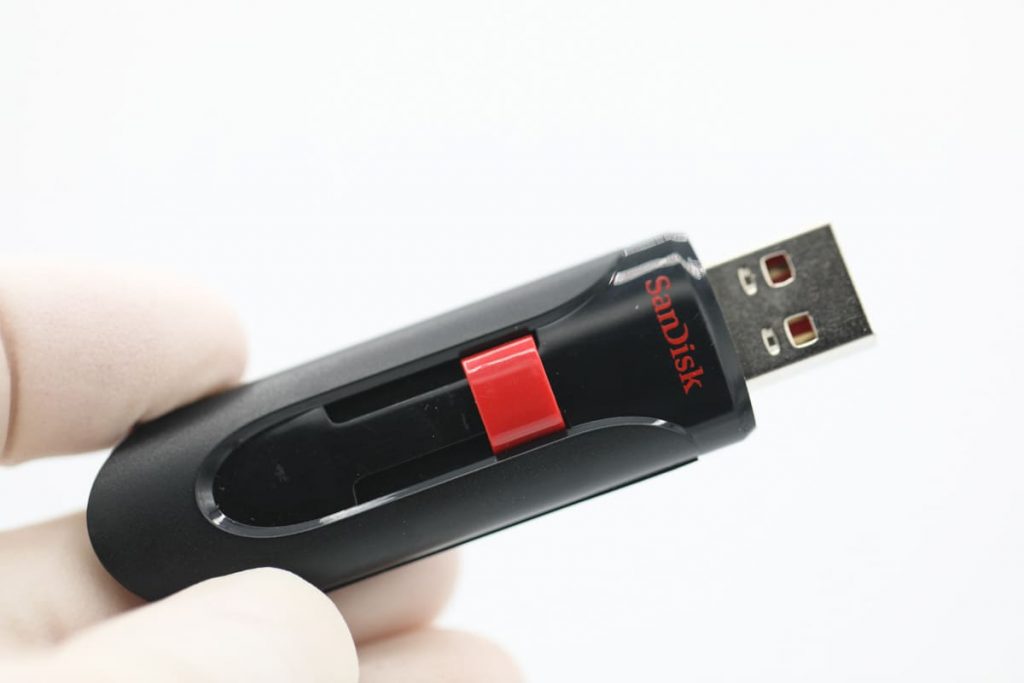
Make sure that you are deleting the correct files and not important data. Also, keep a backup of your data on a different storage device or cloud service. This way, if you accidentally delete something, you can retrieve it from your backup.
Formatting Errors
Formatting errors can also cause data loss on USB drives. It can occur when you don’t properly eject the drive or if there’s a problem with the file system.
For example, if you eject the pen drive without safely ejecting it from the computer, it can lead to formatting errors. To avoid formatting errors, always safely eject your USB drive before unplugging it. This ensures that the write process is completed and that the data is saved. Additionally, regularly running a disk check can identify any potential errors and fix them before they become a problem.
Malware Infections
Malware infections can also damage or corrupt data on external storage, making it inaccessible or unusable. Malware can be transferred to your USB drive from an infected computer, so always scan your USB drive for viruses and malware before transferring any data.
Use reputable antivirus software and keep it up-to-date to ensure that your USB flash drive is protected from any malware. It is also important to be cautious when plugging your USB drive into unknown computers or devices. Always scan it for malware before transferring any data.
USB Drive Recovery with PITS
If the data on your USB drive becomes inaccessible, PITS provides USB drive recovery services to help retrieve your lost files. Our experienced technicians use advanced data recovery techniques to ensure a quick and efficient recovery process. PITS is a reliable choice for thumb drive recovery, with a high success rate and exceptional customer service, whether you have accidentally deleted files, formatted your drive, or encountered a physical issue.
Our company also provide data recovery services for hard disc drives, solid state drives, RAIDs, servers, and other devices. We work on any data loss scenario, including accidental deletion, printed circuit board malfunction, water damage, and many more.
Benefits of Using Our Services
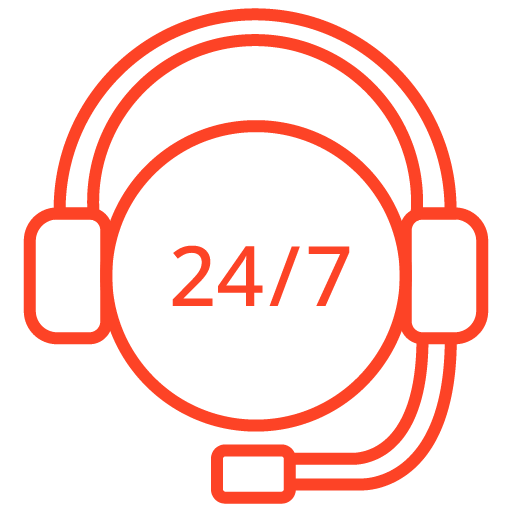
If you’re facing a data loss situation, don’t hesitate to contact us. Our 24/7 data recovery services are available to you, 365 days a year. Let us help you recover your precious data today.

We start the recovery process with a risk-free evaluation. Our technicians estimate reasons for data loss and the level of damage. Based on it, we select the most suitable recovery strategy.

With years in the data recovery industry, our company supports the highest customer satisfaction rate. We do everything to provide a positive experience for our clients.
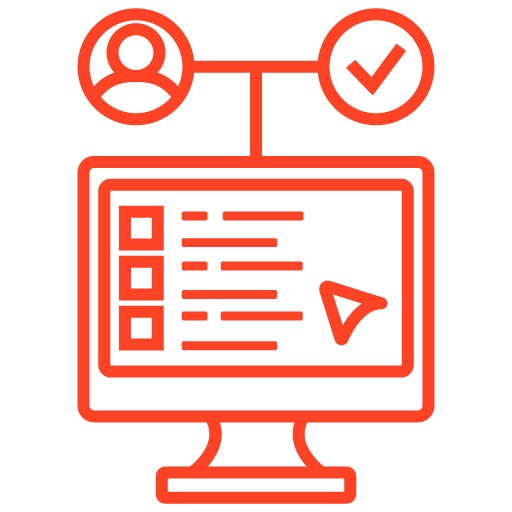
During our remote customer file verification session, you will thoroughly review all necessary documents and records to ensure accuracy and compliance.

We offer data recovery services from over 50 locations across the US. This means that no matter where you are located, you can access our services to recover the data.

With our certified data recovery services and 99% success rate, we are confident that we can recover your precious data and get you back up and running in no time.
To start your case, fill out the form provided below, and our expert engineers will get in touch with you promptly. Choose PITS Global Data Recovery Services to initiate your case and experience satisfactory results.
Frequently Asked Questions
What is a USB drive?
A USB drive, also known as a flash drive, thumb drive, or USB stick, is a portable storage device that uses flash memory to store and transfer data. It connects to a computer or other compatible device via a USB port.
How do I use a USB drive?
To use a USB drive, simply plug it into an available USB port on your computer or device. The drive will be recognized by the operating system, and you can access, copy, or transfer files to and from the drive using file explorer or a similar program.
Can I password protect my USB drive?
Yes, many USB drives offer the option to encrypt and password protect your data. This adds an extra layer of security and prevents unauthorized access to your files. You can use built-in encryption features or third-party software to set up password protection on your USB drive.
How long does a USB drive last?
The lifespan of a USB drive depends on various factors, including the quality of the drive, usage patterns, and environmental conditions. On average, a USB drive can last for several years with regular use. However, like any electronic device, they can fail unexpectedly. It is always recommended to back up important data stored on a USB drive to avoid data loss.
